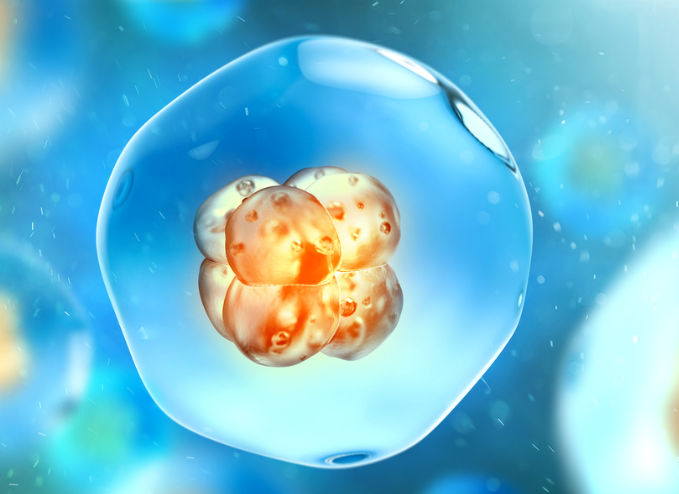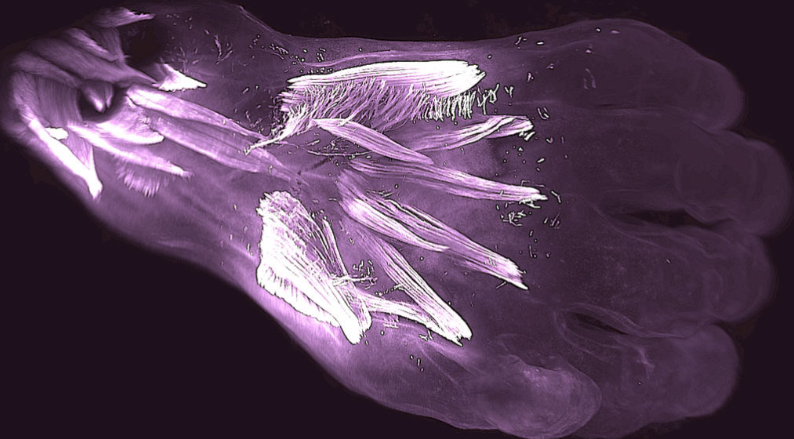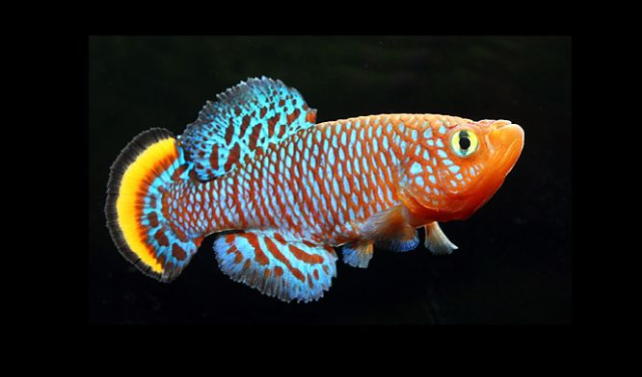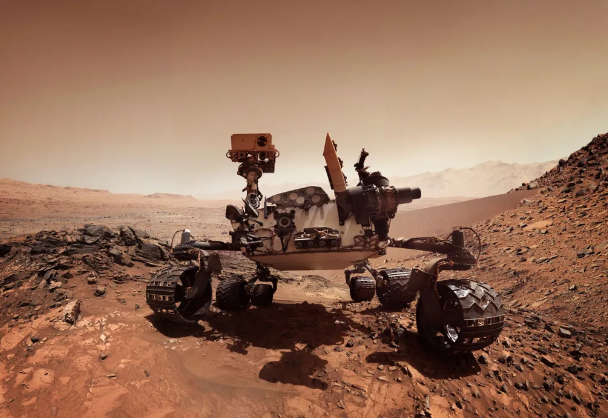Do human embryos have extra muscles in their hands?

Human embryos have more muscles than adult humans, new microscope images cataloging early development show. For example, at seven weeks gestation, embryonic hands have about 30 muscles, adults have about 19. Many of the muscles are lost and some are fused with others, adopting the adult disposition by 13 weeks of gestation, the researchers report.
Muscles in the feet, legs, trunk, arms and head also appear and disappear during development, the researchers found after analyzing detailed three-dimensional images of human embryos and fetuses as young as 13 weeks gestation. These appearing and disappearing muscles are leftovers from evolution, such ancestral muscles are built as a foundation from which to begin to whittle down to the final set of muscles people are born with.

Other animals have retained some of those muscles; adult chimpanzees and human embryos have epitrochleoanconeus muscles in their forearms, but most adult humans do not. The mammalian ancestors of humans also lost the dorsometacarpal muscles on the back of the hand around 250 million years ago when mammals and reptiles split down the evolutionary tree. Lizards still have those muscles and they appear in human embryos, but they are then lost or fused with other muscles during development and are not found in most adults.
Sometimes people keep some of the muscles that are normally lost, resulting in harmless anatomical variations. For example, about 13 percent of people in one study had epitrochleoanconeus muscles in their forearms.





Responses